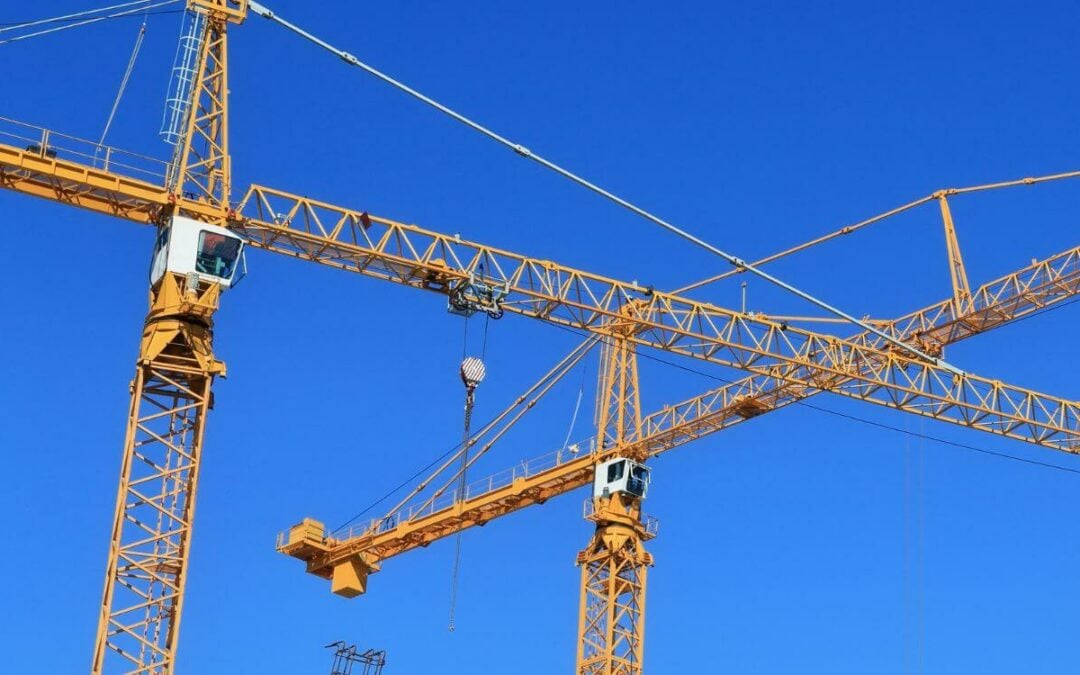Cranes are majestic marvels of engineering that have been instrumental in shaping our modern world. Serving as the backbone of construction sites, cranes contribute significantly to the skyline of modern cities. With an array of different crane styles available, each designed for a specific application, understanding these machines can be a fascinating study. This blog will delve into several different crane styles and their applications within different industries.
TELESCOPIC CRANES
Telescopic cranes are a form of heavy-duty cranes utilized to transport and maneuver objects from one location to another. These hydraulic cranes can be mounted on any heavy vehicle and operated from the top, making them incredibly versatile. They are designed for quick and safe setup without the need for outriggers and mats, providing best-in-class lifting performance. Telescopic crawler cranes offer maximum flexibility for the construction site and are suitable for applications with high working heights thanks to their telescopic booms. With load capacities ranging from 16 to 130 tons, these cranes are a valuable asset in numerous industries.
TOWER CRANES
Tower cranes are a common sight on construction sites where tall buildings are being erected. They are stationary cranes that provide excellent lift and reach capabilities, making them indispensable for high-rise construction projects. Tower cranes are typically fixed to the ground on a concrete slab or attached to the sides of structures.
FLOATING CRANES
Floating cranes, as the name suggests, float, which is why they are used for water-based operations. These cranes are often seen at ports, shipyards, and offshore construction sites. They are mounted on pontoons or specialized barges, allowing them to assist in building bridges, unloading ships, salvaging sunken ships, or performing other tasks that require heavy lifting in a marine environment.
LOADER CRANES
Loader cranes find their primary use in the transport industry where they assist in loading and unloading goods. The crane is mounted on a trailer or truck, providing mobility and flexibility. The hydraulic systems of loader cranes allow for easy manipulation of heavyweights, simplifying the process of loading and unloading. Loader cranes are a critical component in efficient logistics, managing everything from construction materials to heavy machinery.
OVERHEAD CRANES
Overhead cranes, also known as bridge cranes, dominate the landscape of many industrial environments. These cranes move along a horizontal beam that runs along two widely separated rails. Often found in factories and warehouses, overhead cranes are used to lift and move heavy items from one place to another. Their design allows them to cover a large rectangular area, making them an invaluable tool for streamlined material handling.
CRAWLER CRANES
Crawler cranes distinguish themselves from other crane types and their applications by providing superior mobility and stability. Mounted on a set of crawler tracks, these cranes can move around a site while carrying a heavy load. The crawler tracks provide stability, eliminating the need for outriggers. Crawler Cranes are particularly useful in projects that require significant lifting capacity over a large radius, such as bridge or tower construction.
Posted by mlnbbm | Jan 26, 2024, from Mesquite Local News




